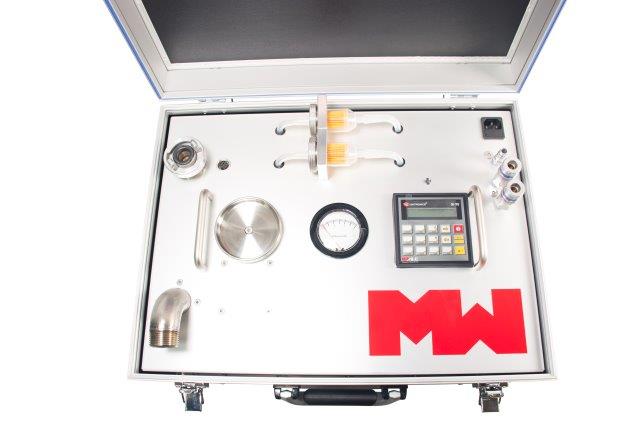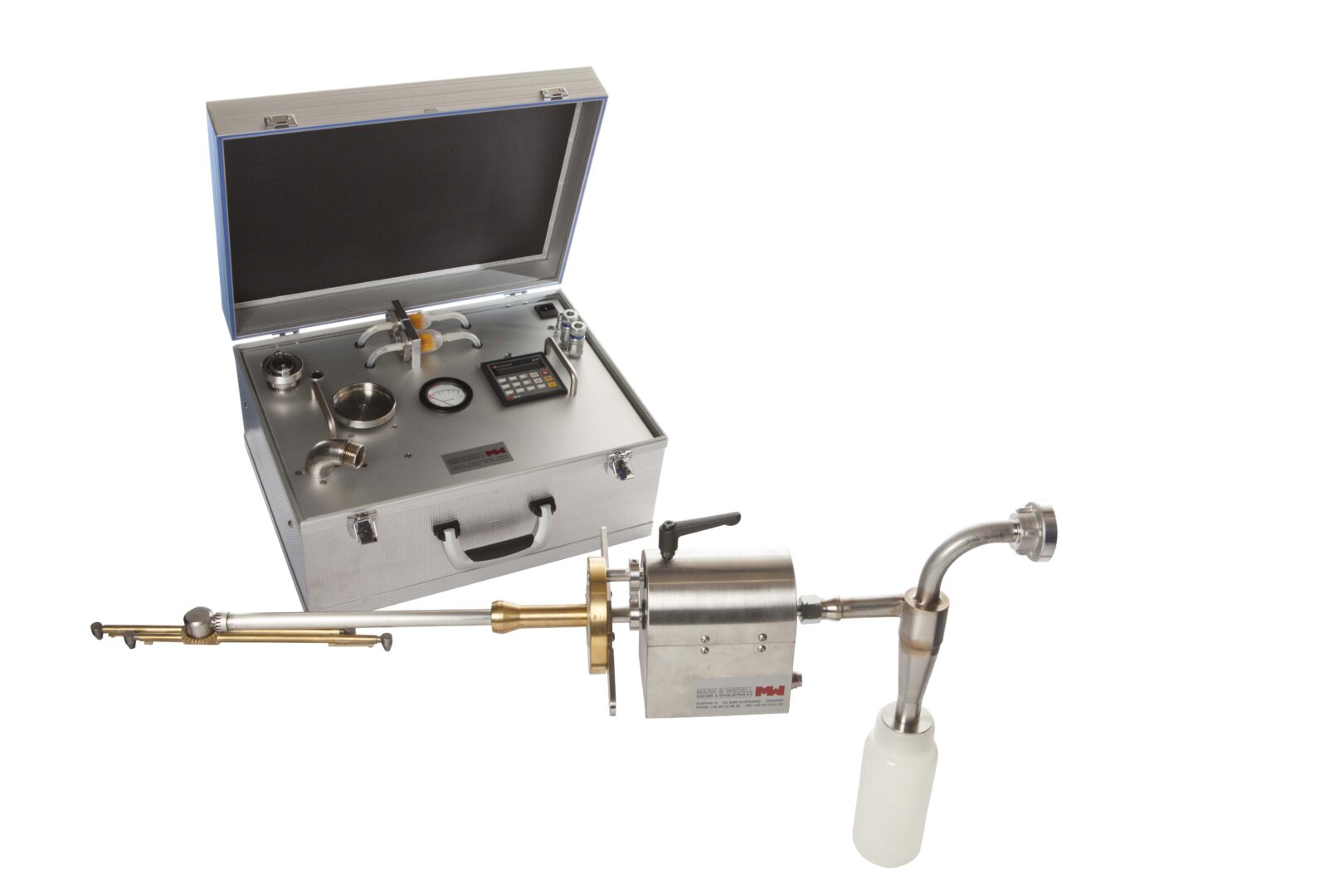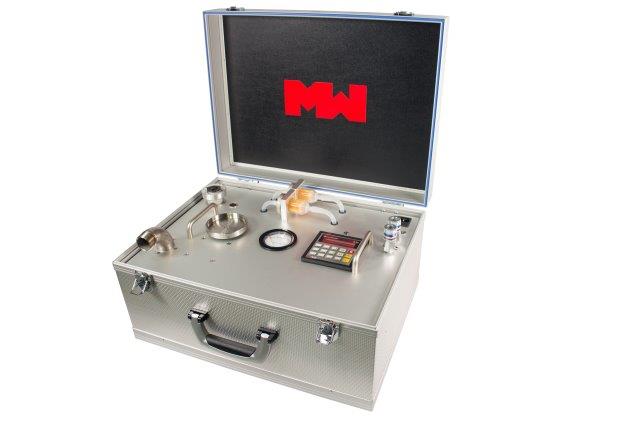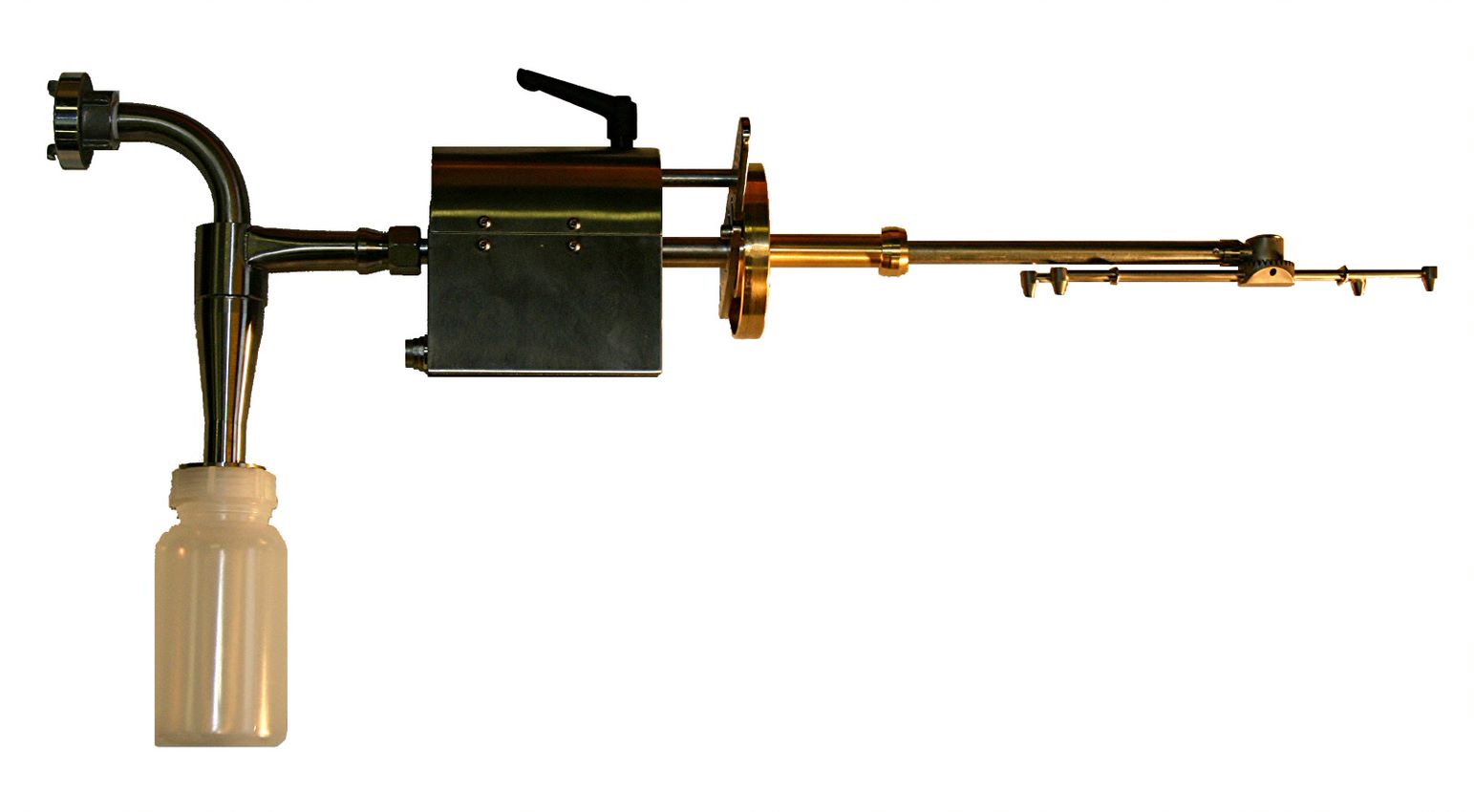Pulverised Fuel Sampler Automatic (PFSA).
What’s the benefit?
The PFSA provides a representative sample according to ISO 9931.
It is a cost-efficient, portable equipment, which is easy to use and fast to install, with no comprehensive calibration or setup.
A single instrument can be used in numerous pipes to calculate the absolute and relative fuel mass-flows in each individual pipe. The PFSA enables measurements and calculations of the coal mass-flow, which allows the operator to optimise the combustion process, thus reducing emissions and fuel consumption.
The PFSA collects physical samples allowing for particle size analysis used for classifier optimisation and determining general state of the mill as well as determining the fuel properties of the coal going into the boiler
The PFSA ensures a dustless insertion in the pipe when used together with the Dustless Connector (DuC) or Dustless Connector Snap Lock (DuC-SL).
With the DAPL an error-free and time-saving exhange of data can be achieved via Bluetooth.
What does it do?
The Pulverised Fuel Sampler Automatic (PFSA) is a portable unit with automatic operation for extraction of a representative physical sample from the full cross section of a fuel pipe according to the international standard ISO 9931. The PFS-A is primarily used to determine the fuel mass-flow in the pipe.
For optimal measurements the PFSA should be used together with a M&W Dirty Air Pitot (DAP) or Dirty Air Pitot Laser (DAPL) to ensure a fully isokinetic sample. By using the DAPL the PFSA can receive the data directly via Bluetooth.
How does it do it?
The PFSA consists of a portable aluminum control box, a sampling unit (power driven sampling device), a high efficiency precipitating cyclone, a sample bottle, a reinforced compressed air hose, a power supply cable and a connecting cable for sampling lance.
The sampling lance is inserted into the fuel pipe through a Dustless Connection (DC). A multi-point sampler extracts a representative sample from 64 sampling points evenly distributed over the cross-section of a circular pipe.
The sampling is started from the operator panel in the control unit and a sample is extracted during a four minutes period. The sample extraction is done automatically, each time providing a full and precise sample of fuel, independent of the human factor. To ensure an isokinetic sampling, the air velocity is maintained at the same level as the air velocity in the transport pipe all through the sampling period.
The sample is weighed on the built-in scale. When the weight of the sample and the dimension of the pipe are registered on the operator panel, the flow (t/h) is calculated, and the value is displayed on the operator panel.
What are the technical details?
Application: Continuous sampling in four concentric circles of pulverised mineral fuels from pneumatic transport pipes
Data entry: Optional transfer of data from DAPL via integrated Bluetooth
Sampling standard: According to ISO 9931
Pipe dimension: 210 – 1400 mm diameter
Sample volume: Max. 400 ml
Power supply: 230 V/50Hz or as required
Power consumption: 800 watt
Air supply: Min. 6 bar clean oil-free air
Humidity: 0 – 95% (no condensation)
Particle size: Coal < 1.5 mm Biomass < 5.0 mm
Operating temp.: Pulverized fuel Max. 100°C Sampler: Max. 80°C Control unit: Max. 45°C
Protection Sampler: IP 41 Controlbox: IP 40
Net weight: Sampling unit ~ 7 kg Control unit ~ 17 kg
Accessories with Snap Lock:
Dustless Connection (DuC) – Connection for instruments
Dirty Air Pitot (DAP) – Gas velocity measurement
Options
1. The PFSA can be delivered with a Snap Lock Dustless Connector (PFSA-SL). This product has been developed by M&W in order to help customer to save time and provide an easy way to secure a connection between the fuel pipe and measuring instrument. The design enables insertion of the measuring instrument into the fuel pipe with internal over-pressure which reduces leakage of coal-dust and provides a gas tight sealing.
Nota Bene 1
M&W offers customers a facility for quantitative assessment of the performance following one or several types of analysis such as Variographic Characterisation or a Replication Experiment based on the customer’s own material.




